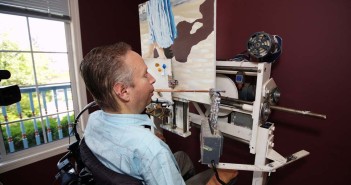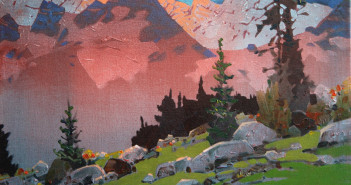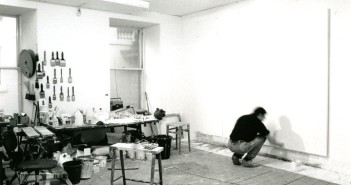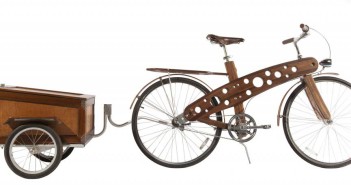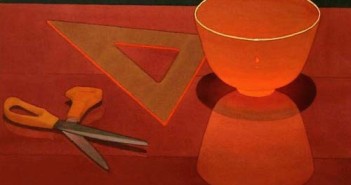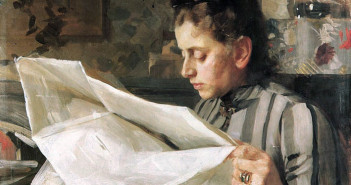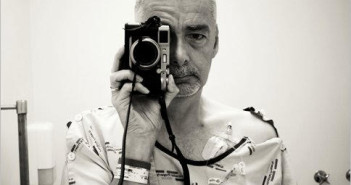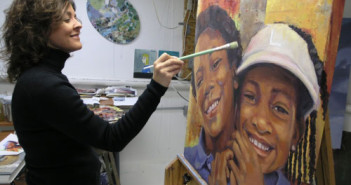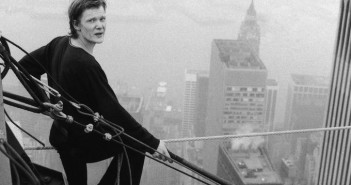
Art walk
On the morning of August 9, 1974, French high-wire artist Philippe Petit rigged a 450-pound cable between the Twin Towers of the World Trade Center and for 45 minutes walked, danced, lay down, kneeled and saluted, 1350 feet above an impromptu crowd in the plaza below. Because he believed that all great creative acts are a kind of rebellion, Philippe called his unauthorized walk “the coup.” After being arrested, released and sentenced to perform for children in Central Park, Philippe celebrated his 25th birthday and made New York his home.

